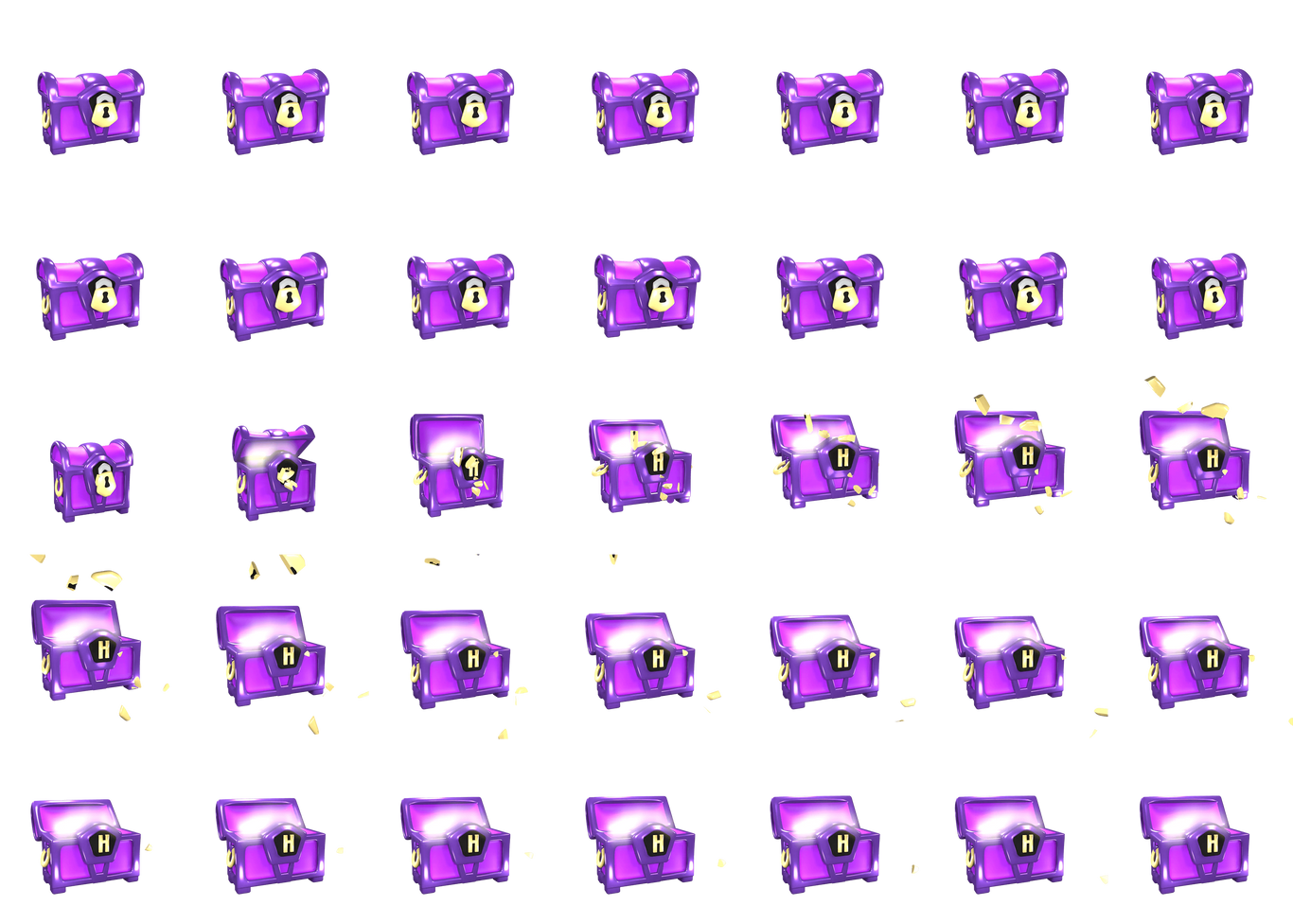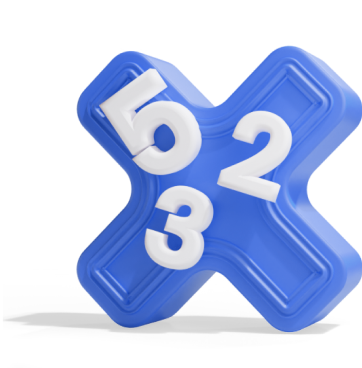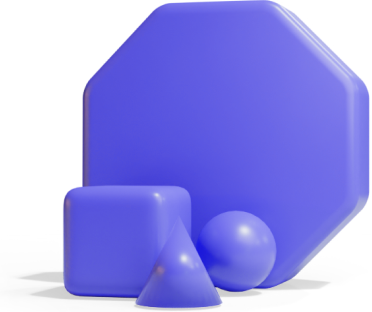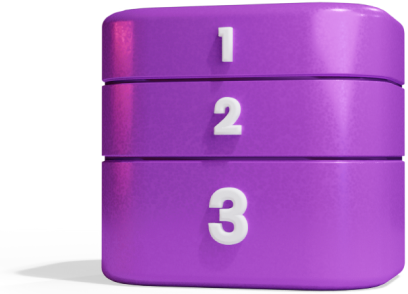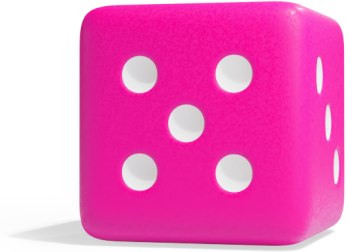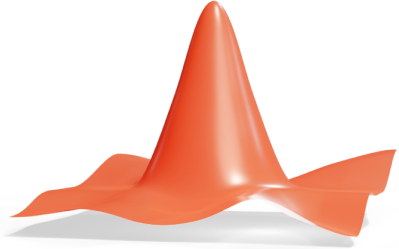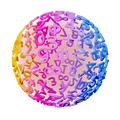7th Grade
How Do You Compare Your Model to Observed Frequencies?
{
"voice_prompt": "",
"manuscript": {
"title": {
"text": "How Do You Compare Your Model to Observed Frequencies?",
"audio": "How do you compare your model to observed frequencies?"
},
"description": {
"text": "To compare a model to observed frequencies follow these steps: 1. Make a prediction, that’s your model. 2. Collect real data, which is your observed frequency. 3. Subtract to find the difference. 4. Interpret the result.",
"audio": "To compare a model to observed frequencies, follow these steps. First make a prediction-that’s your model. Then collect real data, which is your observed frequency. Subtract to find the difference. Finally, interpret the result."
},
"scenes": [
{
"text": "Start by understanding two key ideas: A model is a prediction about what you think will happen. Observed frequencies are the results you actually get. Comparing them shows you how well your model fits real outcomes.",
"latex": "\\text{Model: Your Prediction} \\\\\\text{Observed Frequency: What Really Happened}"
},
{
"text": "Let’s start with an example. Imagine you have a cupcake stand. You make a prediction—how many cupcakes you think you'll sell each day. This is called your expected frequency. It’s like your best guess, based on what usually happens.",
"latex": "\\text{Expected frequency} = \\text{What you predict will happen}"
},
{
"text": "Here’s your prediction for the week: Monday you predict 10, Tuesday 12, Wednesday 15, Thursday 10, and Friday 20.",
"latex": "\\begin{array}{|c|c|}\\hline\\textbf{Day} & \\textbf{Expected (Prediction)} \\\\\\hline\\text{Monday} & 10 \\\\\\text{Tuesday} & 12 \\\\\\text{Wednesday} & 15 \\\\\\text{Thursday} & 10 \\\\\\text{Friday} & 20 \\\\\\hline\\end{array}"
},
{
"text": "But real life isn’t always exact. Here's how many cupcakes you actually sold—these are your observed frequencies: Monday you sold 8, Tuesday 13, Wednesday 15, Thursday 12, and Friday 18.",
"latex": "\\begin{array}{|c|c|}\\hline\\textbf{Day} & \\textbf{Observed (Actual Sales)} \\\\\\hline\\text{Monday} & 8 \\\\\\text{Tuesday} & 13 \\\\\\text{Wednesday} & 15 \\\\\\text{Thursday} & 12 \\\\\\text{Friday} & 18 \\\\\\hline\\end{array}"
},
{
"text": "Now it’s time to compare! You subtract the observed number from the expected number to find the difference. This tells you how close—or far off—you were each day.",
"latex": "\\text{Difference} = \\text{Expected} - \\text{Observed}"
},
{
"text": "Let’s calculate the difference for each day: On Monday, the difference is -2. On Tuesday, it’s +1. Wednesday’s difference is 0. Thursday is +2. And Friday is -2.",
"latex": "\\begin{array}{|c|c|c|c|}\\hline\\textbf{Day} & \\text{Expected} & \\text{Observed} & \\text{Difference} \\\\\\hline\\text{Monday} & 10 & 8 & -2 \\\\\\text{Tuesday} & 12 & 13 & +1 \\\\\\text{Wednesday} & 15 & 15 & 0 \\\\\\text{Thursday} & 10 & 12 & +2 \\\\\\text{Friday} & 20 & 18 & -2 \\\\\\hline\\end{array}"
},
{
"text": "What do these differences mean? A 0 means your prediction was perfect! So on Wednesday, you nailed it. A negative number means you predicted too many. A positive number means you sold more than expected. These differences show how accurate your prediction was.",
"latex": "\\text{Differences: } \\{-2, +1, 0, +2, -2\\}"
},
{
"text": "Why is this important? By comparing expected and observed frequencies, you can learn from your data. If you always sell more on Thursdays than you thought, you can plan better next time. Scientists, business owners, and even sports coaches use this kind of thinking to improve their decisions!",
"latex": "\\text{Learning: Use data to improve your predictions!}"
}
],
"outro": {
"text": "To compare a model to observed frequencies follow these steps: 1. Make a prediction, that’s your model. 2. Collect real data, which is your observed frequency. 3. Subtract to find the difference. 4. Interpret the result.",
"audio": "To compare a model to observed frequencies, first make a prediction-that’s your model. Then collect real data, which is your observed frequency. Subtract to find the difference. Finally, interpret the result."
}
}
}
{
"voice_prompt": "",
"manuscript": {
"title": {
"text": "How Do You Compare Your Model to Observed Frequencies?",
"audio": "How do you compare your model to observed frequencies?"
},
"description": {
"text": "To compare a model to observed frequencies, you make a prediction, collect data, check the difference, and then interpret what it means.",
"audio": "To compare a model to observed frequencies, you make a prediction, collect data, check the difference, and then interpret what it means."
},
"scenes": [
{
"text": "Let's start by understanding two key ideas. A model is a prediction about what you think will happen. Observed frequencies are the results you actually get. Comparing them shows how well your model fits real outcomes.",
"latex": "\\text{Model: Your Prediction} \\\\\\text{Observed Frequency: What Really Happened}",
"pop_animation_prompt": "Create pop animations for the following elements as they are referenced in the transcript: First, pop \"Model: Your Prediction\" when \"model\" and \"prediction\" are mentioned. Then, pop \"Observed Frequency: What Really Happened\" when \"Observed\" is mentioned. Finally, pop \"Model: Your Prediction\" again when \"model\" is mentioned the second time. Ensure each pop is clear and draws attention to the respective elements."
},
{
"text": "Let\u2019s look at an example. Imagine you have a cupcake stand. You make a prediction: how many cupcakes you think you'll sell each day. This is called your expected frequency. It\u2019s your best guess, based on what usually happens.",
"latex": "\\text{Expected frequency} = \\text{What you predict will happen}",
"pop_animation_prompt": "Create pop animations for the mathematical expression. First, pop the element \"S2.expectedfrequency\" when the word \"expected\" is mentioned. Then, pop the element \"S2.whatyoupredictwillhappen\" when the word \"what\" is referenced. Ensure each pop animation is synchronized with its respective reference in the transcript."
},
{
"text": "Here\u2019s your prediction for the week. Monday: 10. Tuesday: 12. Wednesday: 15. Thursday: 10. Friday: 20.",
"latex": "\\begin{array}{|c|c|}\\textbf{Day} & \\textbf{Expected (Prediction)} \\\\ \\text{Monday} & 10 \\\\\\text{Tuesday} & 12 \\\\\\text{Wednesday} & 15 \\\\\\text{Thursday} & 10 \\\\\\text{Friday} & 20 \\\\ \\end{array}",
"pop_animation_prompt": "Create pop animations for the following elements as they are referenced in the transcript: Pop \"Monday\" and \"10\" together, then \"Tuesday\" and \"12\", followed by \"Wednesday\" and \"15\", next \"Thursday\" and \"10\", and finally \"Friday\" and \"20\". Ensure each pair pops simultaneously to emphasize the day and its corresponding prediction."
},
{
"text": "But real life isn\u2019t always exact. Here's what you actually sold. Monday: 8. Tuesday: 13. Wednesday: 15. Thursday: 12. Friday: 18.",
"latex": "\\begin{array}{|c|c|} \\textbf{Day} & \\textbf{Observed (Actual Sales)} \\\\ \\text{Monday} & 8 \\\\\\text{Tuesday} & 13 \\\\\\text{Wednesday} & 15 \\\\\\text{Thursday} & 12 \\\\\\text{Friday} & 18 \\\\ \\end{array}",
"pop_animation_prompt": "Create pop animations for the following elements as they are referenced: \"Monday\" and \"8\" together, \"Tuesday\" and \"13\" together, \"Wednesday\" and \"15\" together, \"Thursday\" and \"12\" together, and \"Friday\" and \"18\" together. Each pair should pop simultaneously to emphasize the actual sales data for each day."
},
{
"text": "Now it\u2019s time to compare. Subtract the observed number from the expected number to find the difference. This tells you how close\u2014or far off\u2014you were each day.",
"latex": "\\text{Difference} = \\text{Expected} - \\text{Observed}",
"pop_animation_prompt": "Create pop animations for the mathematical expression. First, pop the word \"observed\" (S5.observed) when mentioned. Next, pop the word \"expected\" (S5.expected) as it is referenced. Finally, pop the word \"difference\" (S5.difference) when it is discussed. Ensure each pop aligns with the corresponding reference in the transcript to emphasize the subtraction process and the resulting difference."
},
{
"text": "Let\u2019s calculate the difference for each day. Monday: minus 2. Tuesday: plus 1. Wednesday: 0. Thursday: plus 2. Friday: minus 2.",
"latex": "\\begin{array}{|c|c|c|c|} \\textbf{Day} & \\text{Expected} & \\text{Observed} & \\text{Difference} \\\\ \\text{Monday} & 10 & 8 & -2 \\\\\\text{Tuesday} & 12 & 13 & +1 \\\\\\text{Wednesday} & 15 & 15 & 0 \\\\\\text{Thursday} & 10 & 12 & +2 \\\\\\text{Friday} & 20 & 18 & -2 \\\\ \\end{array}",
"pop_animation_prompt": "Create pop animations for the following elements as they are referenced: First, pop \"Difference\" (S6.difference) and \"Day\" (S6.bfday). Then, for each day, pop the day name and its corresponding difference value: \"Monday\" (S6.monday) with \"-2\" (S6.-2), \"Tuesday\" (S6.tuesday) with \"+1\" (S6.+1), \"Wednesday\" (S6.wednesday) with \"0\" (S6.0.3), \"Thursday\" (S6.thursday) with \"+2\" (S6.+2), and \"Friday\" (S6.friday) with \"-2\" (S6.-2.3)."
},
{
"text": "What do these differences mean? A zero means your prediction was perfect. A negative number means you predicted too many. A positive number means you sold more than expected.",
"latex": "\\text{Differences: } \\{-2 , +1 , 0 , +2 , -2\\}",
"pop_animation_prompt": "Create pop animations for the following elements as they are referenced: First, pop \"differences\" (S7.differences). Next, pop \"zero\" (S7.0). Then, pop \"negative\" (S7.-, S7.-.3) and \"number\" (S7.2, S7.2.4) together. Finally, pop \"positive\" (S7.+, S7.+.3) and \"number\" (S7.1, S7.2.3) together. Ensure each pop aligns with its mention in the transcript for clarity."
},
{
"text": "Why does this matter? By comparing your model to real data, you can spot patterns. If you always sell more on Thursdays, you can plan better. This kind of thinking helps businesses, scientists, and even sports coaches improve their decisions.",
"latex": "\\text{Learning: Use data to improve your predictions!}",
"pop_animation_prompt": "Create a pop animation for the word \"data\" when it is referenced in the transcript. Highlight the entire phrase \"Use data to improve your predictions!\" to emphasize its importance in the context of the lesson. Ensure the animation draws attention to the concept of using data for better decision-making."
}
],
"outro": {
"text": "To compare a model to observed frequencies, make a prediction, collect real data, subtract to find the difference, and use that to make better choices next time.",
"audio": "To compare a model to observed frequencies, make a prediction, collect real data, subtract to find the difference, and use that to make better choices next time."
}
}
}
en_7_pro_model_vs_observed_frequencies.json
Displaying en_7_pro_model_vs_observed_frequencies.json.
